Updated February 20, 2023 (originally posted October 2, 2020)
POLLINATOR PROJECT  (I hope worth the read):
(I hope worth the read):
In August 2020 I learned of the “MONARCH MASSACRE” in Fargo, North Dakota where thousands of butterflies died due to insecticide use to control an excessive mosquito population (and West Nile virus threat). I understand the need to control mosquitoes but in my deep diving on this predicament I came across a lot of information. Here is a tiny sampling:
 The chemical glyphosate, the world’s most widely used herbicide, appears to disrupt the microbial community in bees’ digestive system, making them more vulnerable to infection. An EPA study shows some inert substances in herbicides and pesticides can be toxic and harmful to pollinators as well (and are not regulated.)
The chemical glyphosate, the world’s most widely used herbicide, appears to disrupt the microbial community in bees’ digestive system, making them more vulnerable to infection. An EPA study shows some inert substances in herbicides and pesticides can be toxic and harmful to pollinators as well (and are not regulated.)Can there be a solution to this? It seems that some should be seriously considered. One suggestion is to not spray for mosquitoes during monarch migration – i.e. late summer and late spring, using less toxic, more specific insecticides, source control, biological control, larvae control, biological control, and predators (dragonflies!) And here is a link to herbicide alternative suggestions: https://www.consumernotice.org/environmental/pesticides/roundup/alternatives/
Hence – One of my focuses is raising awareness of pollinator importance and decline, and particularly the monarch butterfly. (Hey, I am an artist, not a scientist.) Working title – THE POLLINATOR PROJECT.
I use butterfly and dragonfly wings (naturally deceased and sustainably harvested), and any other insect I deem worthy, in my encaustic works. The medium is encaustic – molten wax, in combination with other natural and painted elements. Periodically I will post my art and tidbits relating to pollinator protections or endangerment, and add the images to the Pollinator Project page in my portfolio.
What can you do? Become aware. Do some research. Start in your own yard – what can you do to attract pollinators, and how can you prevent their demise? Ask what insecticides your community uses on mosquitos, and what do they do to encourage pollinators? Ask your landscaper if they offer Pollinator Habitat gardening. Share these ideas with me, and your friends and neighbors. Here is a website to get you started: https://www.pollinator.org/

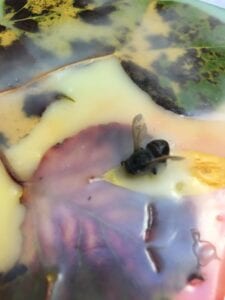
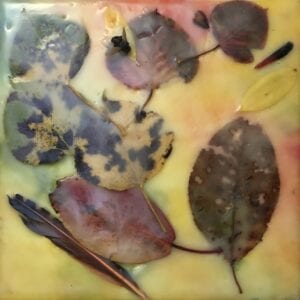
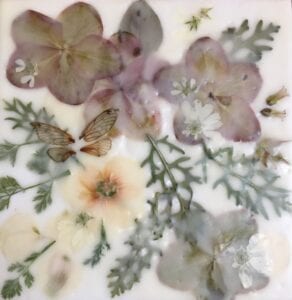
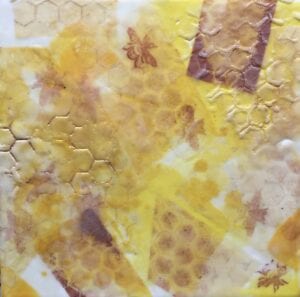
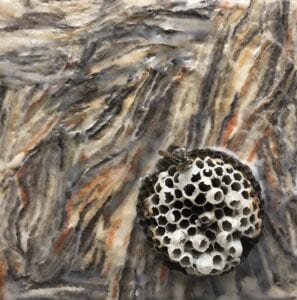

Leave a Reply
You must be logged in to post a comment.